
Who is Jim Embry?
Star dust, congealed in this current form. I represent the millions of years of evolution. We inherit only the small things from our parents. The much profound essence of who we are has been in the making for millions of years. I am an evolutionary being who also tries to contribute to the conscious turning of what it means to be human, as we, humans, we are still at the childhood stage. At the same time, I am an embodiment of the more immediate presence of my ancestors, who were social change agents for racial equality.
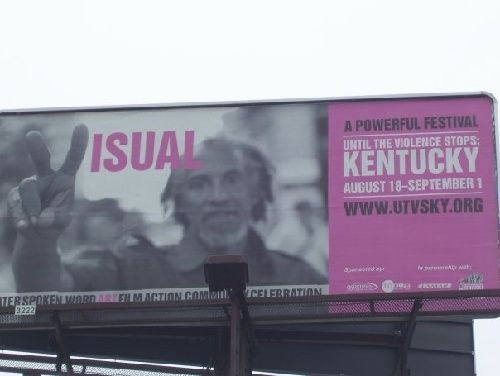
What does photography give you?
We are all artists with multiple avenues of creativity, and photography is one of them. Photography, as any other creative outlet, affects our deeper humanity. It allows us to use a voice from deep within to speak our truth. For me, it began as a way to capture life experiences. Growing up, I took a lot of pictures of family members. After that, as an activist, I captured the events I was part of so that the photos could be shared among people.
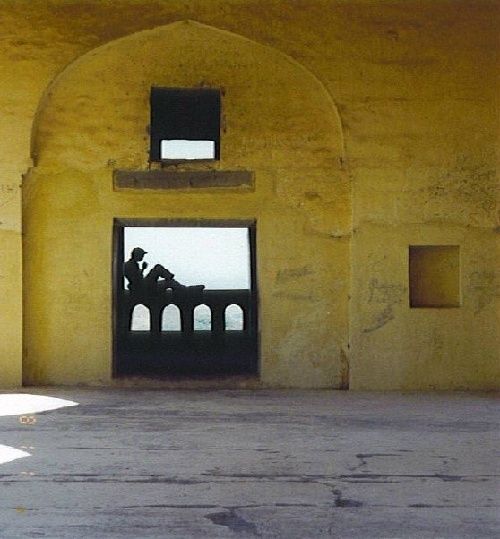
What makes a good photo?
A good photo comes from a place of humility. The photographer must not think that his or her picture of a rose will come out anywhere nearly as perfect and beautiful as the rose itself. Furthermore, I enjoy capturing spontaneous pictures, funny, whimsical, human emotions.
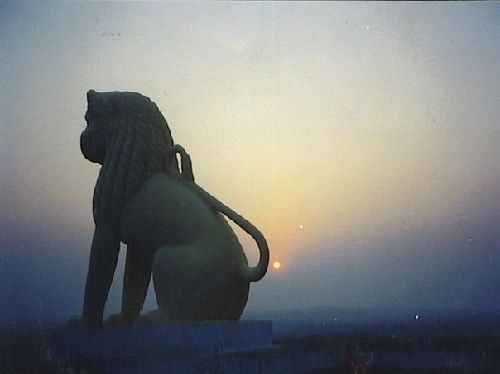
What was the most interesting place you ever visited?
I have visited Mexico, Canada, Cuba, the Caribbean, Mexico, Brazil and India, besides various places in the US. I have had very dear and special experiences anywhere I have been. A special memory for me is traveling to Atlanta to Dr. Martin Luther King’s funeral in 1968. My friends and I were given black armbands and were assigned as the funeral marshals, which meant we would have to walk in front of both sides of the casket. The funeral began at Dr. King’s church. His closed casket was placed on a wagon pulled by mules. We walked 3 or 4 miles from the church to Morehouse College area. It took over an hour and a half. Thousands and thousands of people were standing on both sides of the streets or walking behind the wagon. My friends and I had the job of making way for the wagon.

How did your travel affect your photos?
It certainly diversified the photos. Scenes, clothes, oceans are different around the world. It gives you a much broader perspective.

How do you choose what to take a picture of?
Many times you choose your subject because you feel inspired in the same way as in poetry. You see a composition and you know it will make a good photograph.
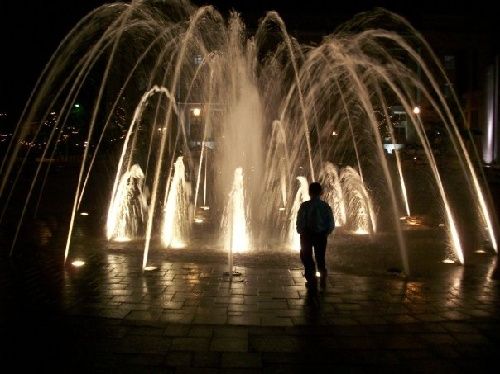
What is the message you would like your photos to send to the world?
We human beings are on Earth in order to be creative and to inspire ourselves and other people. There are sacred connections that are there between all of us in the Earth community. And these photos are like the hologram – a microcosm of this sense of connectedness. That’s what I am trying to express.
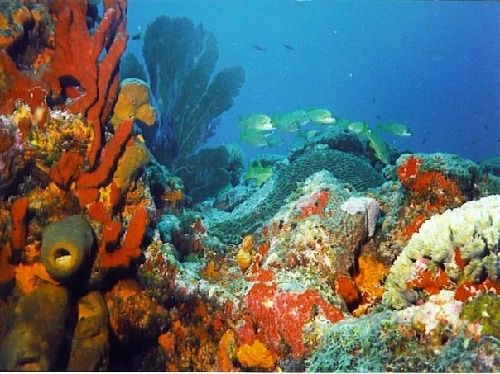
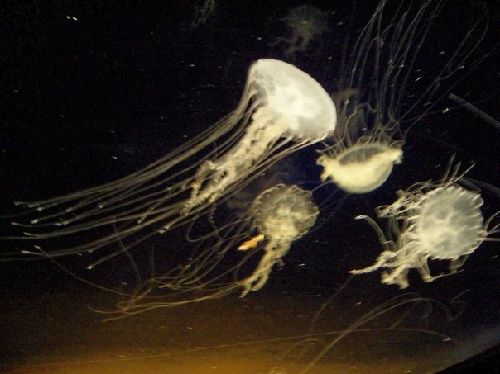
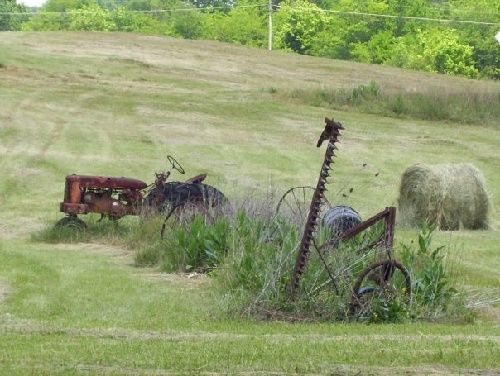
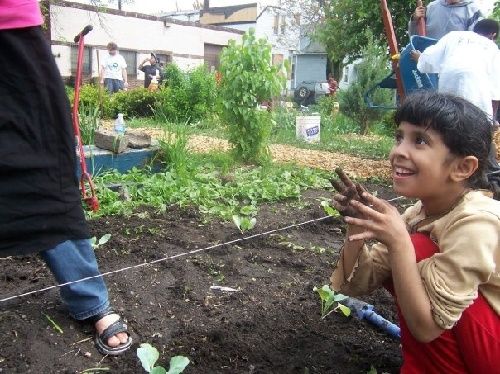
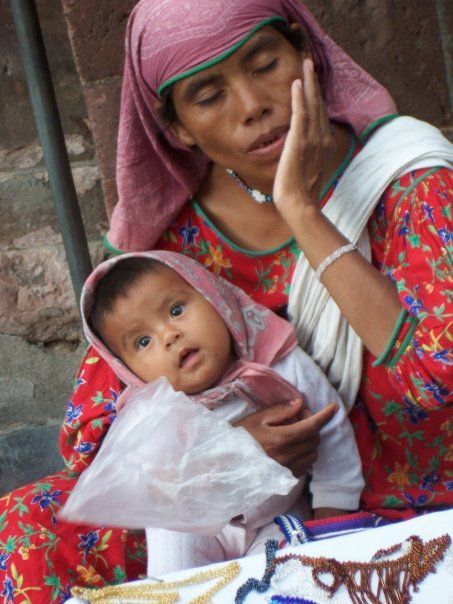
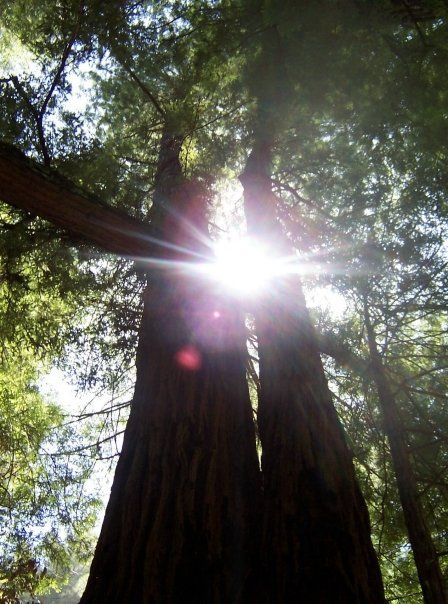











139 comments so far ↓
Nobody has commented yet. Be the first!
Comment